An Impressive Guide Deadlift CrossFit Workout in 2024
Introduction
Deadlifts are a key exercise in CrossFit, helping you build strength and improve fitness. This guide will show you everything you need to know about deadlift workouts in CrossFit for 2024. We’ll cover the basics, different types of deadlifts, proper techniques, and how to include them in your workout routine.
Understanding Deadlifts
What is a Deadlift?
A deadlift is a weightlifting exercise where you lift a heavy barbell from the ground to your hips and then lower it back down. It works your legs, back, and core muscles.
History and Evolution in CrossFit
Deadlifts have always been a part of strength training but have become very popular in CrossFit because they help improve functional fitness and overall strength.
Benefits of Deadlift Workouts in CrossFit
Strength Building
Deadlifts are great for building muscle and strength in your legs, back, and core.
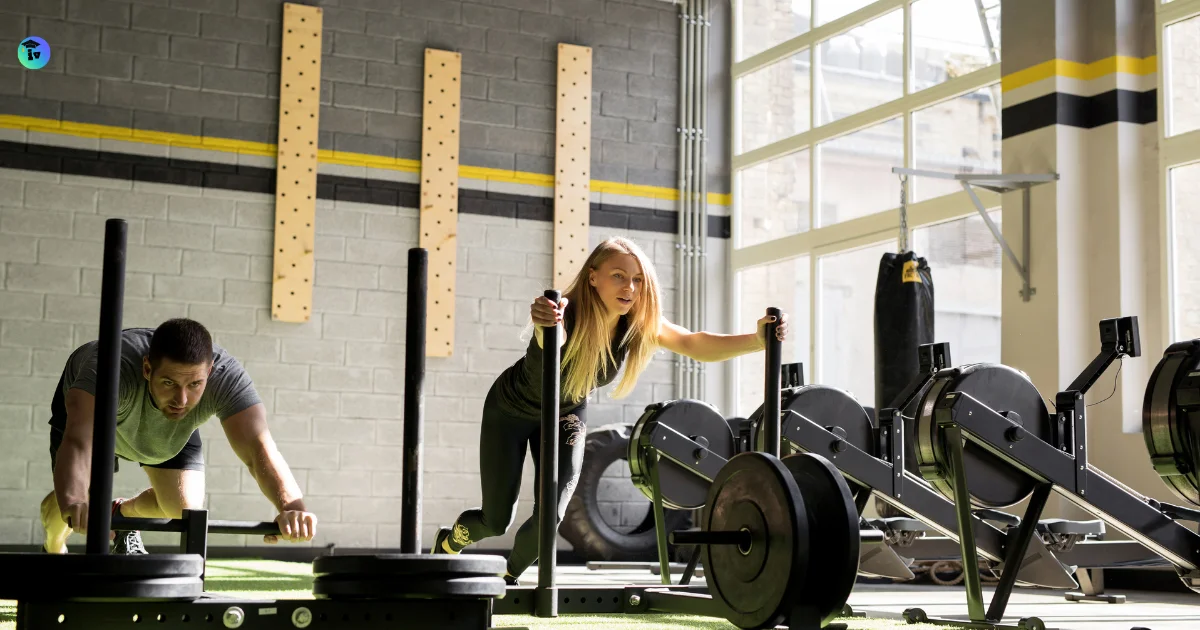
Improving Overall Fitness
By adding deadlifts to your workout, you can boost your endurance, cardiovascular health, and metabolic conditioning.
Enhancing Functional Movement
Deadlifts mimic everyday movements like lifting heavy objects, making them very practical and useful.
Types of Deadlifts
Conventional Deadlift
This is the standard deadlift with a shoulder-width stance. It targets your lower back, glutes, and hamstrings.
Sumo Deadlift
With a wider stance and hands inside your legs, this variation puts less strain on your lower back and focuses on your inner thighs.
Romanian Deadlift
This type starts from a standing position and involves lifting the barbell with minimal knee bend, targeting your hamstrings.
Trap Bar Deadlift
Using a hexagonal bar, this variation lets you keep a more upright posture, reducing stress on your lower back and working your quads more.
Deadlift Techniques
Proper Form and Posture
To do a deadlift correctly, keep your back straight, engage your core, and keep the barbell close to your body.
Common Mistakes to Avoid
Avoid rounding your back, using your arms to lift, and jerking the weight up, as these can lead to injuries.
Tips for Beginners
Start with lighter weights to practice good form, and gradually increase the weight as you get stronger.
Deadlift Programming for CrossFit
Setting Goals
Set clear goals for your deadlift training, like increasing the weight you lift, improving your form, or boosting your endurance.
Designing a Deadlift Workout Plan
Include deadlifts in your weekly CrossFit routine, balancing them with other exercises to avoid overtraining.
Progression Strategies
Gradually increase the weight and volume of your deadlifts to keep improving.
Deadlift Variations in CrossFit Workouts
Combining Deadlifts with Other Movements
Pair deadlifts with exercises like burpees, kettlebell swings, or box jumps for full-body workouts.
Deadlift WODs (Workouts of the Day)
Include deadlifts in your CrossFit WODs, using different rep schemes and weights to keep things challenging.
High-Intensity Deadlift Circuits
Create circuits that include deadlifts and other movements for a comprehensive, intense workout.
Incorporating Deadlifts into Your Routine
Frequency and Volume
Decide how often and how much to deadlift based on your fitness level and goals, usually 1-3 times per week.
Recovery and Rest
Give yourself enough recovery time between deadlift sessions to avoid overtraining and promote muscle repair.

Adjusting for Different Fitness Levels
Modify deadlift routines for beginners, intermediate, and advanced athletes, focusing on the right weights and techniques.
Equipment and Gear for Deadlifting
Choosing the Right Barbell
Choose a barbell that suits your grip and lifting style, ensuring it’s well-maintained and suitable for heavy lifting.
Weightlifting Shoes and Belts
Use weightlifting shoes for better stability and a lifting belt for extra lower back support during heavy lifts.
Importance of Chalk and Grips
Chalk can improve your grip, and lifting straps or grips can add security, especially during heavy lifts.
Nutrition and Recovery
Pre-Workout Nutrition
Eat a balanced meal with carbs and protein before your deadlift session to optimize performance.
Post-Workout Recovery
Have a protein-rich meal or shake after lifting to help your muscles repair and recover.
Supplements to Enhance Performance
Consider supplements like creatine, BCAAs, and fish oil to support muscle growth, reduce inflammation, and improve recovery.
Safety and Injury Prevention
Warm-Up and Mobility Exercises
Do dynamic warm-ups and mobility exercises to prepare your muscles and joints for deadlifting.
Recognizing and Addressing Pain
Listen to your body and address any pain or discomfort immediately to prevent injuries.
Long-Term Injury Prevention
Maintain proper form, avoid overloading, and include recovery strategies to ensure long-term health and performance.
Deadlift Challenges and Competitions
Competing in CrossFit Events
Join CrossFit competitions to test your deadlifting skills and challenge yourself against others.
Setting Personal Records
Track your progress and aim to set new personal records, celebrating your achievements.
Staying Motivated and Focused
Set short-term and long-term goals and stay committed to your training plan to keep progressing and motivated.
Case Studies and Success Stories
Transformational Journeys
Read about athletes who have transformed their fitness through deadlift training for inspiration.
Expert Insights and Tips
Learn from experienced CrossFit coaches and athletes, gaining valuable tips to enhance your training.
Real-Life Examples
Discover real-life examples of how deadlifting has improved athletes’ performance and overall fitness.
Advanced Deadlift Techniques
Incorporating Tempo Work
Using tempo in your deadlift workouts means varying the speed of your lifts. This technique can help improve strength and control. For example, you might lower the barbell slowly over a count of three, pause for one second at the bottom, and then lift it quickly. This variation challenges your muscles in new ways and can prevent plateaus.
Cluster Sets for Strength Gains
Cluster sets involve breaking your sets into smaller groups of reps with short rest periods in between. For instance, instead of doing 5 straight reps, you could do 2 reps, rest for 15 seconds, and repeat until you reach 5 total reps. This method helps maintain high power output throughout the set, leading to greater strength gains.
Programming Deadlifts for Different Goals
Building Maximum Strength
For those looking to build maximum strength, focus on low reps (1-5) with heavy weights. Ensure you have adequate rest between sets, usually 3-5 minutes, to fully recover and lift heavy each set.
Improving Muscle Endurance
If improving muscle endurance is your goal, use lighter weights with higher reps (12-20). Keep rest periods shorter, around 30-60 seconds, to keep your muscles under tension longer and improve their endurance.
Combining Strength and Hypertrophy
To balance strength and muscle growth (hypertrophy), a mix of heavy and moderate weights with varying rep ranges can be effective. For example, one day you might focus on heavy triples (sets of 3), and another day on sets of 8-12 reps with moderate weights.
Monitoring and Evaluating Progress
Tracking Your Lifts
Keep a detailed log of your deadlift workouts. Note the weights used, reps completed, and any feedback on how the lifts felt. This helps you see progress over time and adjust your training as needed.
Setting Milestones
Set specific, measurable milestones to keep yourself motivated. These could be short-term goals like increasing your deadlift by 5 pounds in a month or long-term goals like reaching a 2x bodyweight deadlift.
Regular Assessments
Periodically assess your deadlift form and strength through videos or feedback from a coach. Regular assessments help ensure you’re progressing safely and effectively.
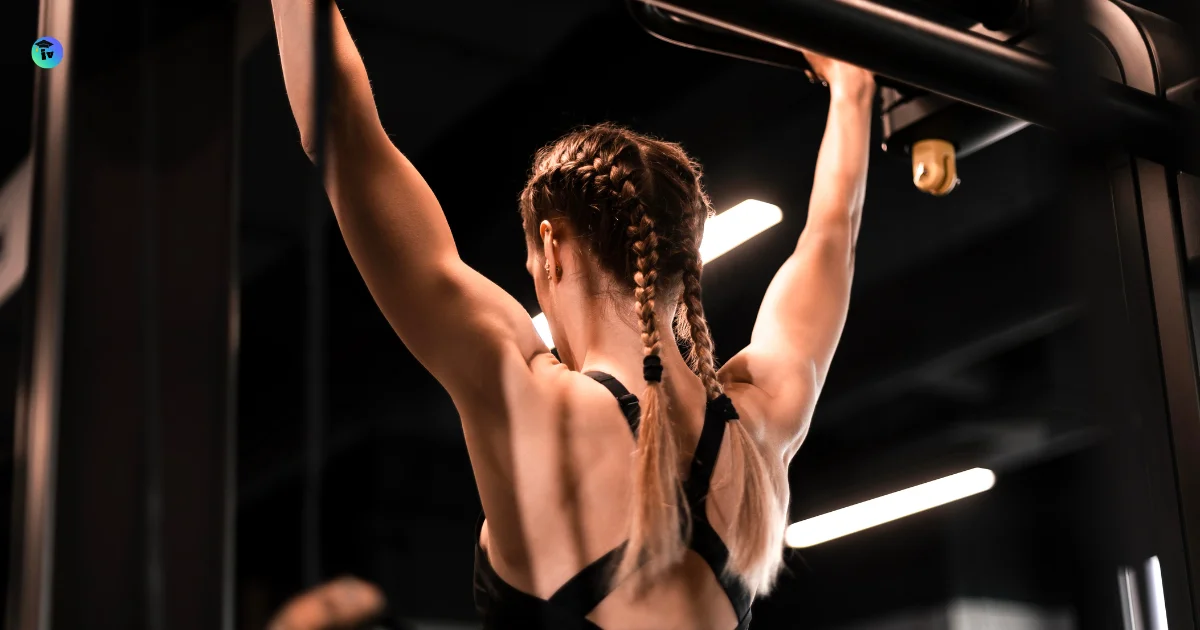
Balancing Deadlifts with Other Training
Complementary Exercises
Incorporate exercises that complement deadlifts and support overall strength development. Squats, lunges, and kettlebell swings are great additions to a well-rounded strength program.
Cross-Training for Balance
Include cross-training activities such as running, swimming, or cycling to maintain cardiovascular health and prevent overuse injuries from too much weightlifting.
Flexibility and Mobility Work
Regularly include flexibility and mobility exercises to maintain a good range of motion and prevent stiffness, which is crucial for safe and effective deadlifting.
Advanced Nutrition Strategies
Carb Cycling for Performance
Carb cycling involves varying your carbohydrate intake based on your training intensity. On heavy deadlift days, consume more carbs to fuel your workout and recovery. On rest days, reduce carb intake to prevent unnecessary calorie surplus.
Timing Protein Intake
Timing your protein intake around your workouts can enhance muscle recovery and growth. Aim to consume 20-30 grams of protein within an hour after your deadlift sessions.
Hydration and Electrolytes
Staying hydrated is crucial for peak performance. Drink plenty of water throughout the day and consider electrolyte supplements, especially during intense training periods.
Mental Strategies for Deadlifting
Visualization Techniques
Visualization involves mentally rehearsing your lifts. Picture yourself performing the perfect deadlift, feeling strong and confident. This mental practice can improve your actual performance.
Overcoming Plateaus
Everyone hits plateaus. When progress stalls, change up your routine. Try new variations, adjust your reps and sets, or take a deload week to allow your body to recover.
Building Confidence
Confidence plays a huge role in lifting. Celebrate your progress, however small, and remember that every bit of effort counts toward your goals.
Deadlift Myths and Facts
Myth: Deadlifts Are Bad for Your Back
Fact: When done correctly, deadlifts can strengthen your back and prevent injuries. Proper form and appropriate weights are key.
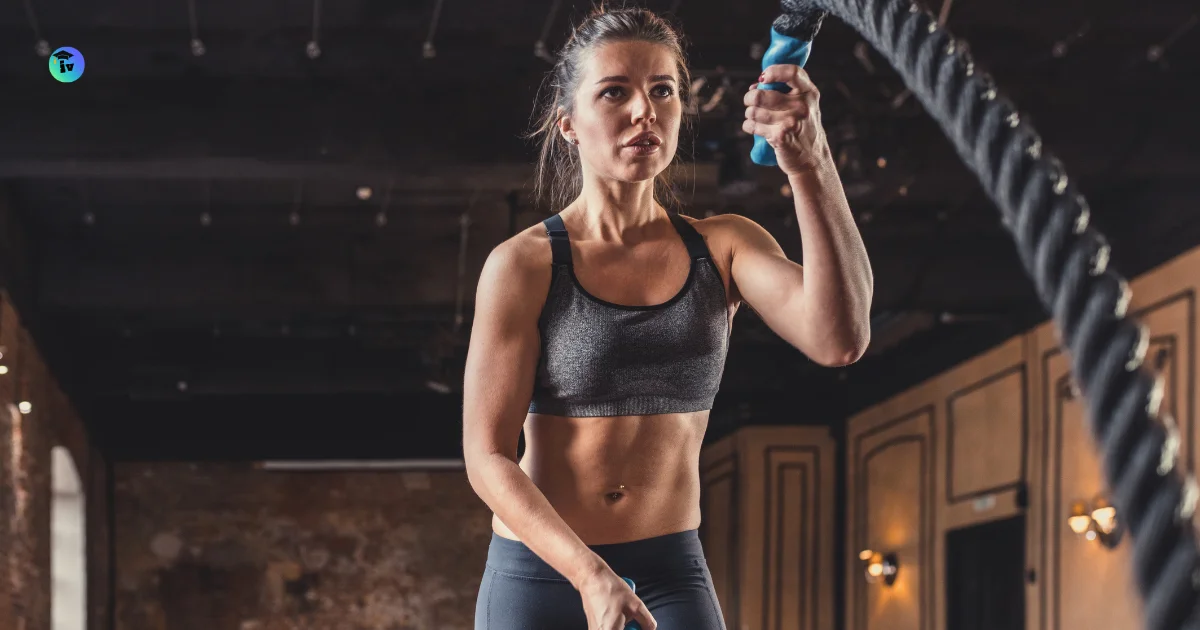
Myth: Only Powerlifters Should Deadlift
Fact: Deadlifts are beneficial for everyone, not just powerlifters. They improve overall strength, functional fitness, and muscle development.
Myth: You Must Lift Heavy Every Session
Fact: Variety in your training is important. Incorporate different weights, rep ranges, and tempos to keep progressing without risking overuse injuries.
Relevant Post
Power Clean Workout CrossFit Techniques A Comprehensive Guide in 2024
Conclusion
Deadlifts are a powerful addition to any CrossFit workout, offering numerous benefits from building strength to enhancing overall fitness. By following the tips and strategies in this guide, you can master the deadlift and see significant improvements in your performance. Remember, consistency is key, so keep lifting, stay safe, and enjoy the journey to becoming a stronger, fitter you.
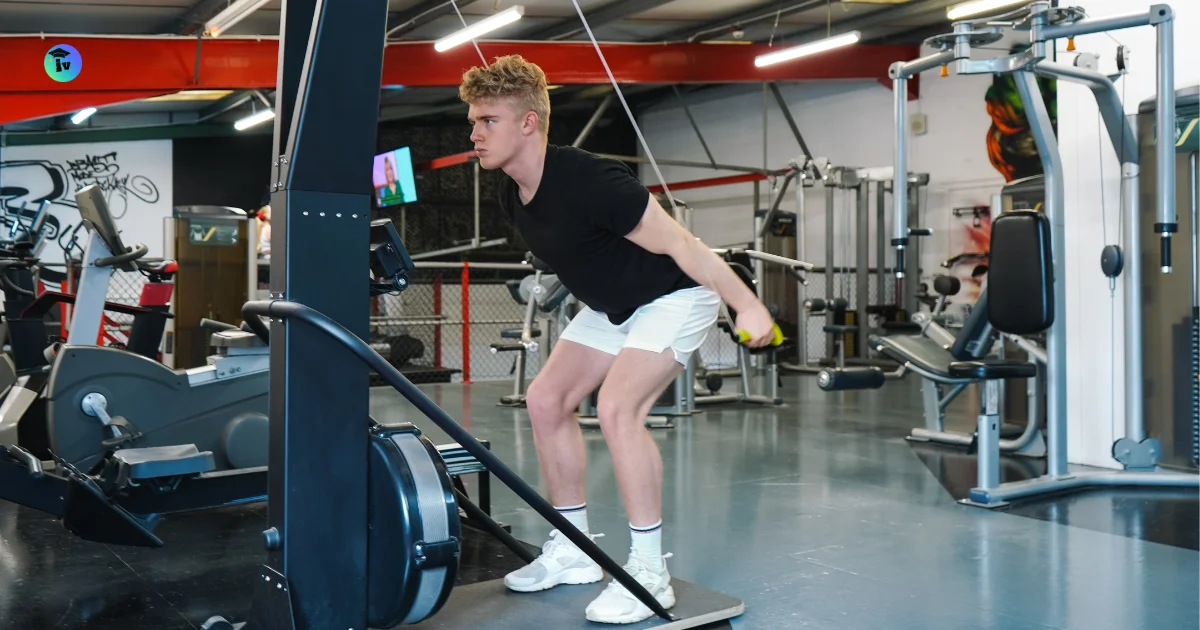

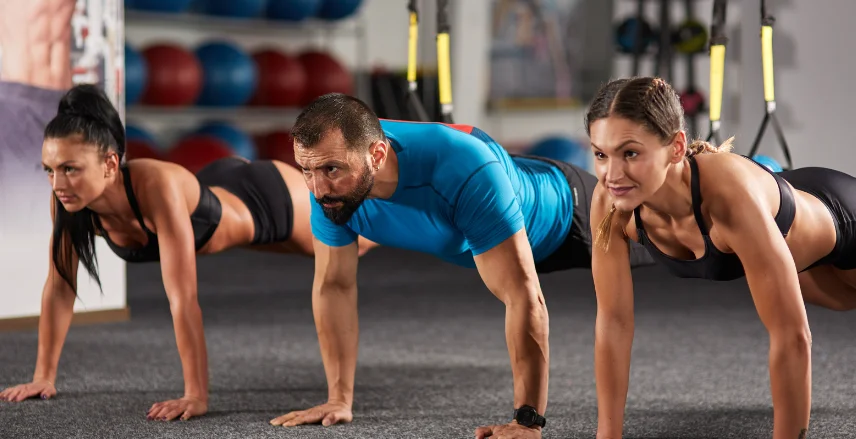
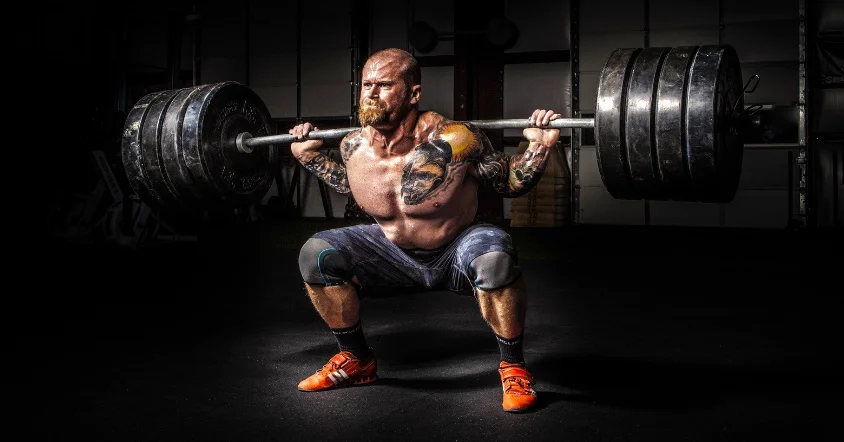
One thought on “An impressive Guide Deadlift CrossFit Workout in 2024”